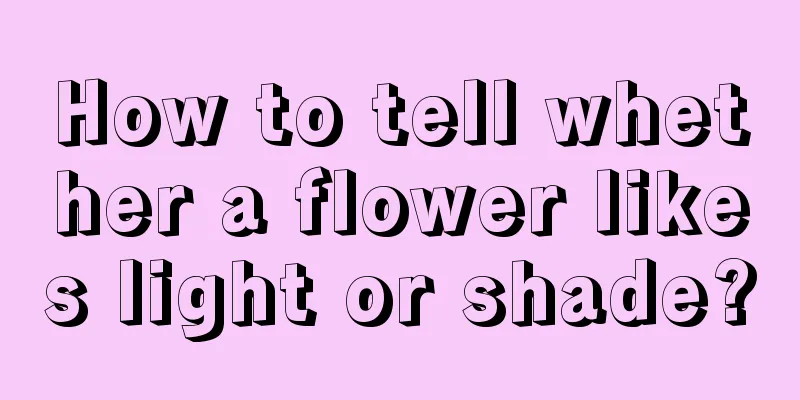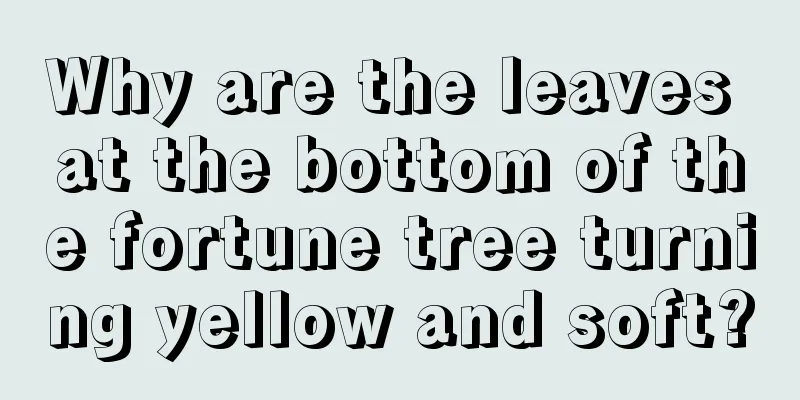How to tell whether a flower likes light or shade?

Which flowers like light and which flowers like shade?Different flowers have different requirements for sunlight and can be roughly divided into four types. Positive flowersThis type of flowers requires plenty of sunlight, and some flowers even need a long-day environment of more than 14 hours to differentiate flower buds, bloom larger and brighter flowers, and grow well. This type of flowers includes gladiolus, iris, coneflower phlox, impatiens, aster, rose, pomegranate, barbata, Oxalis, lotus, crape myrtle, Milan, citrus, pansy, fig, oleander, rubber tree, etc. Neutral FloralIt is between sun-loving flowers and shade-loving flowers and does not require particularly long periods of sunlight. Such as osmanthus, jasmine, hibiscus, nephew, begonia and so on. Shade-loving flowersIt grows well in the shade and can only receive slightly more light in winter and early spring. Such as camellia, azalea, Guangdong evergreen, asparagus fern, etc. Strong shade-loving flowersIt is native to shady and moist areas such as tropical rain forests, shady slopes of mountains, and valleys. Even if the sunlight is not too strong, it still needs proper shade. Such as spring orchid, Boston fern, etc. How to judge?Judging from the leaf shapePlants with needle-shaped leaves, such as cedar, larch, and five-needle pine, mostly like the sun; plants with flat or scaly leaves, such as Podocarpus, Platycladus orientalis, and Cypress, are slightly shade-tolerant; deciduous broad-leaved flowers and trees mostly like the sun, such as chrysanthemum, rose, Mirabilis jalapa, plum blossom, etc.; evergreen broad-leaved flowers and trees, such as Begonia, Monstera, Schefflera, Dieffenbachia, Gardenia, Camellia, etc., mostly prefer semi-shade or shade. Judging from the density of branches and leavesFlowers with small and dense branches and leaves are mostly shade-loving flowers, such as asparagus fern, asparagus, maidenhair fern, Japanese maple, nandina domestica, etc. Most of the flowers with sparse but spreading branches and leaves are positive flowers, such as petunia, croton, impatiens, oleander, etc. |
>>: How to judge whether flowers are lack of water
Recommend
How to grow coleus well
Coleus growing conditions Coleus has strong adapt...
Is hydrangea suitable for a large or small pot?
Should I use a large or small pot for hydrangea? ...
What to do if there are black spots on the green radish
1. Keep warm in time Reason: Due to the low tempe...
Is it harmful to human health to grow spider plants in the bedroom? Is it good to grow spider plants at home?
1. Is it harmful to the human body to keep it in ...
Can Nandina domestica be planted at the doorstep?
Can Nandina domestica be planted at the doorstep?...
Crop growth conditions and characteristics
Crop growing conditions There are many varieties ...
Is it profitable to grow black beans? What is the yield and profit per acre?
Is growing black beans profitable? There are curr...
What are the cultivation methods and precautions of Phalaenopsis orchids?
Phalaenopsis cultivation method Phalaenopsis pref...
The difference between white palm and calla lily
Introduction Name: White Palm Other names: taro, ...
Several common problems in tulip cultivation
How to store tulip bulbs If you do not need to co...
Melon planting methods and management techniques
Melon is deeply loved by consumers for its unique...
How to plant loofah?
Luffa is a vegetable with strong adaptability and...
How to make chestnuts sprout quickly
Chestnut germination environment Chestnut itself ...
Cultivation methods and precautions of Jinyumantang flower
The Chinese name of the flower "Fuguizi &quo...
Can I plant a peach tree on the balcony?
Can peach trees be planted on the balcony? Peach ...









